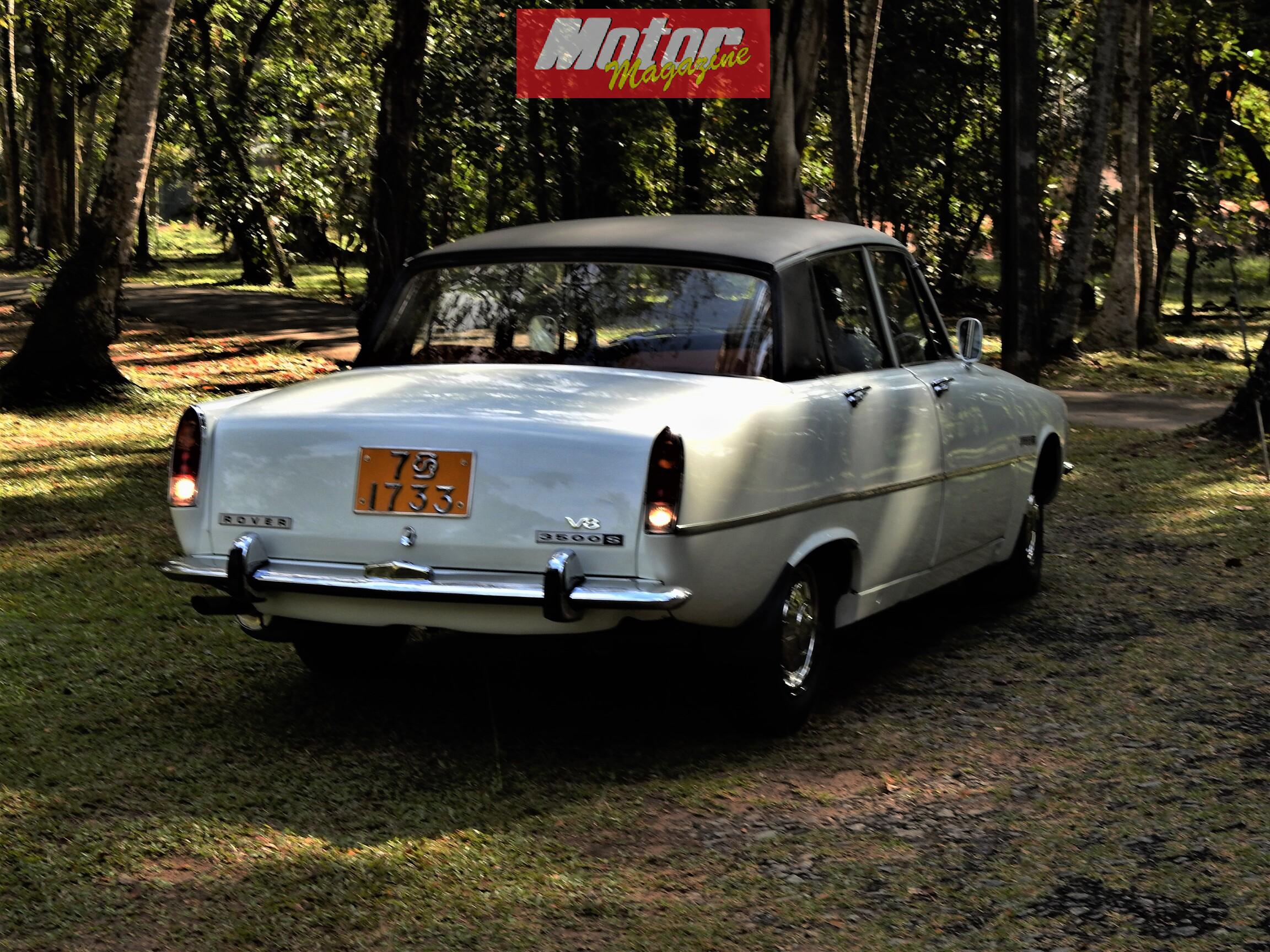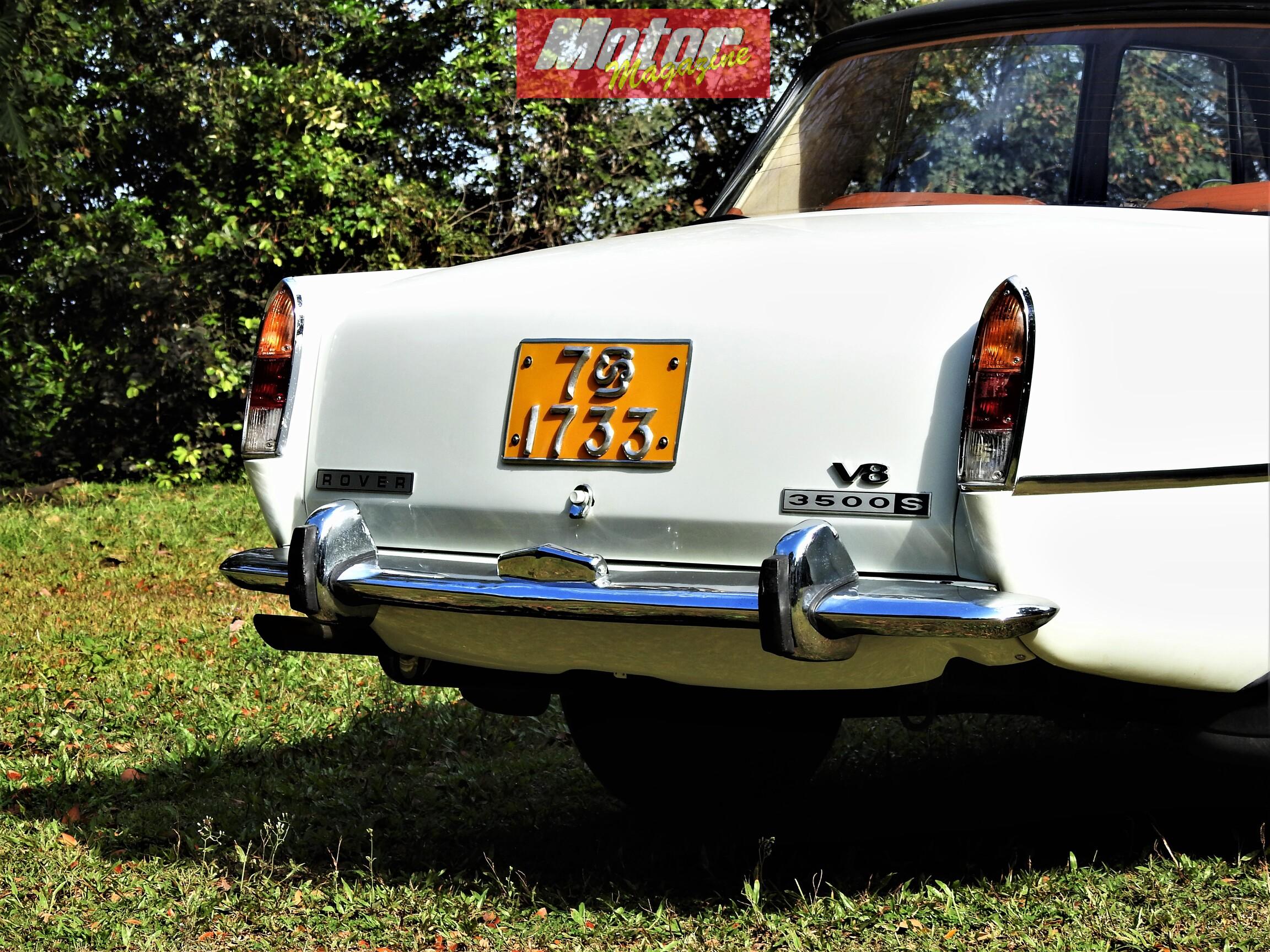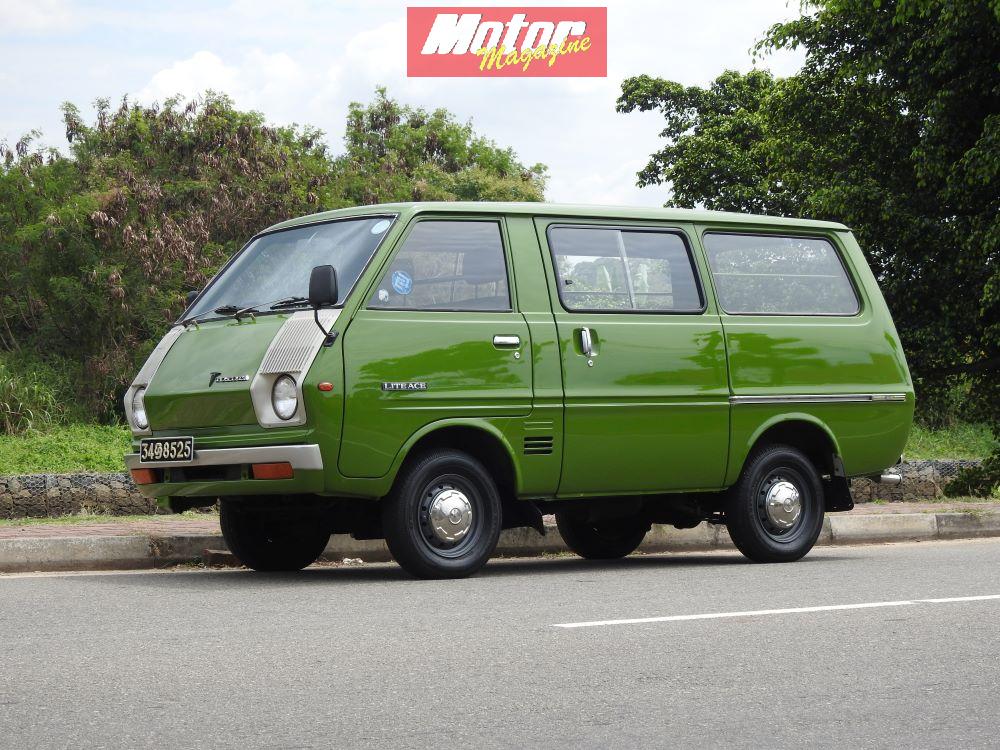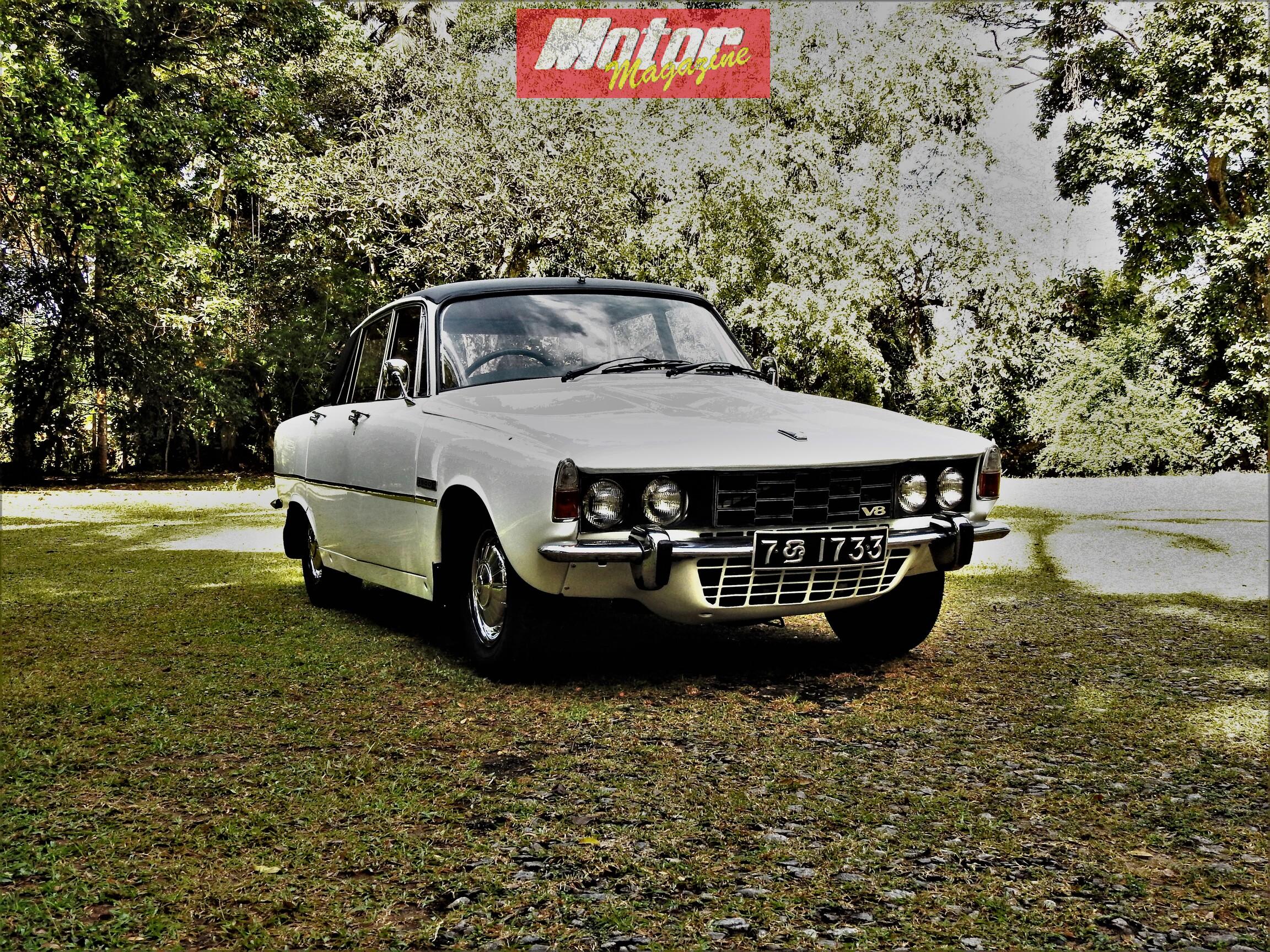
When the Rover P6 debuted in 1963, it looked positively futuristic. The penmanship was from Charles Spencer King, who also drew the Rover SD1 and the Range Rover. This car was a clean sheet design, and Rover’s entrant to the executive car segment. The first variant was the Rover 2000, powered by - as you can guess - a 2.0-liter four-cylinder engine. The P6 was the first car to win the European Car of The Year award, in 1964.
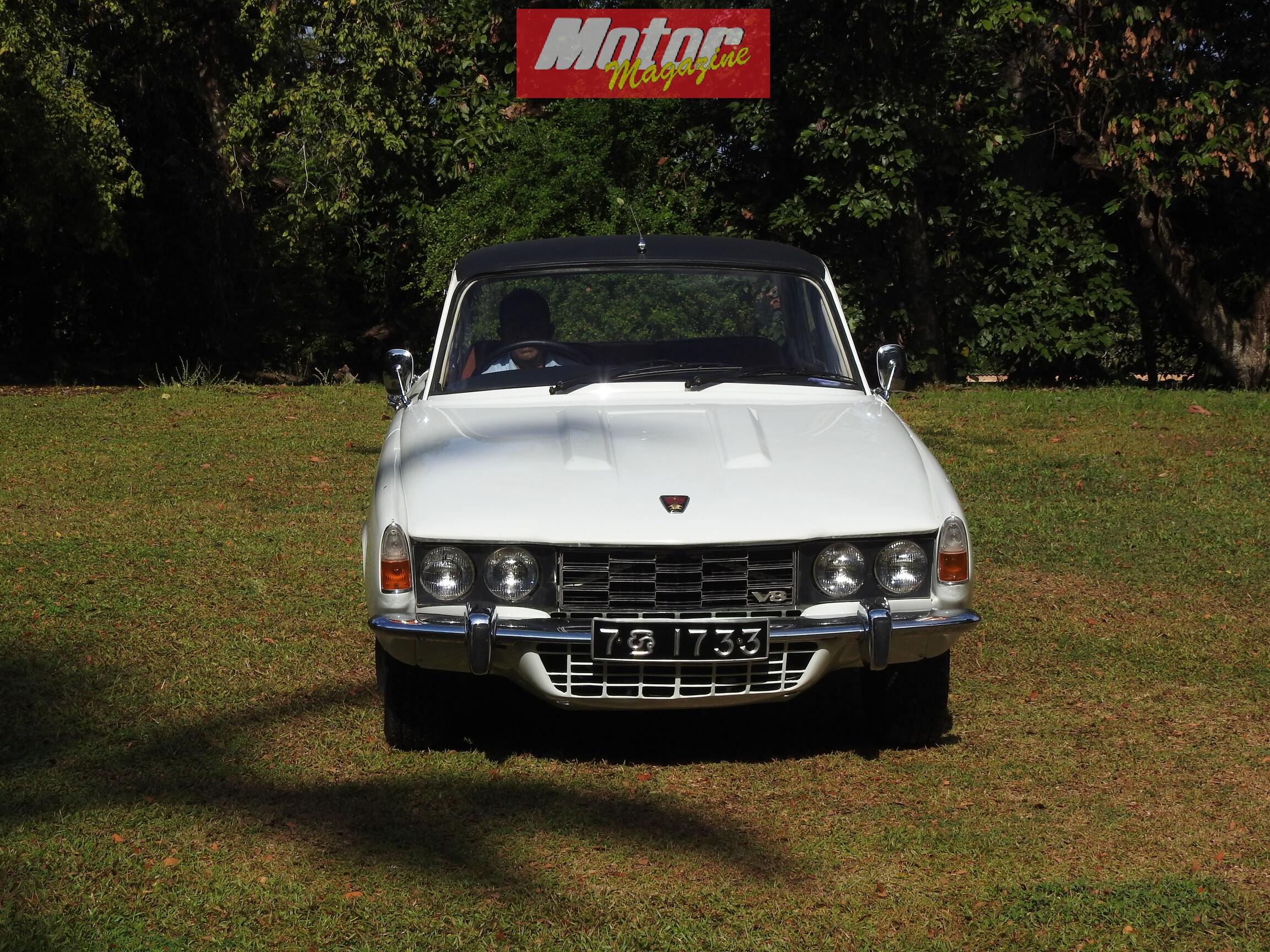
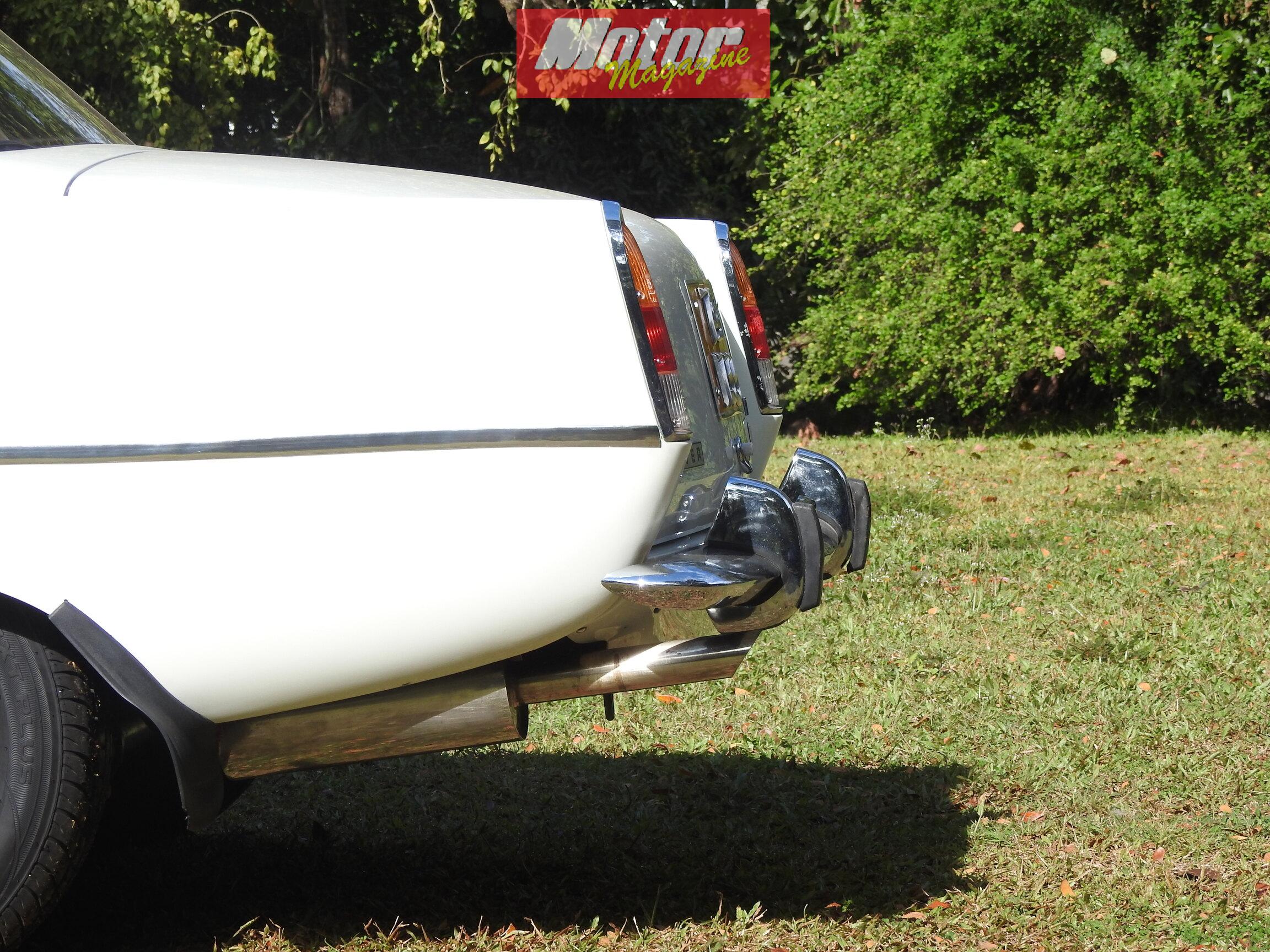
The P6 was considered to be technologically advanced of its time. It sported four-wheel disc brakes which were inboard at the rear, a fully synchromesh manual transmission, and a unibody design. Rear suspension was a De Dion tube design, which offered superior handling characteristics, but consequently ate into boot space. It is said that as the spare wheel also occupied luggage space, Rover later offered a Touring Package to mount it on the boot lid, with a protective vinyl cover.
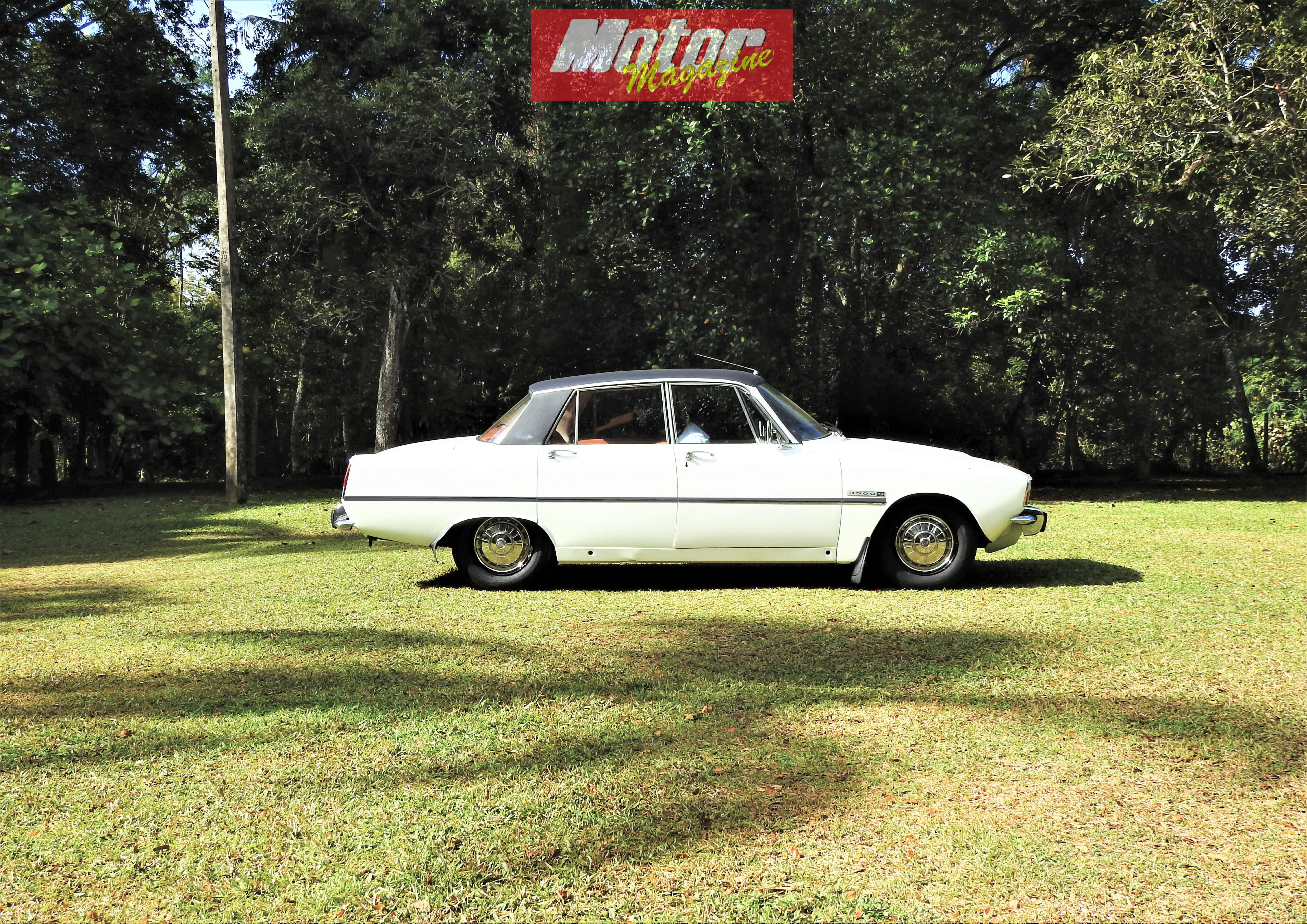
Of course, performance from the 2.0-liter in-line four-cylinder engine wasn’t going to be great, with 104 horsepower on offer. A four-speed manual transmission did liven things up. In 1966, Rover introduced a TC or Twin Carb variant, with a redesigned intake manifold, the aforementioned twin carbs, and other minor modifications, resulting in 124 horsepower. Curiously, the TC was only offered for overseas markets; Brits still got the single-carb 104 horsepower engine.
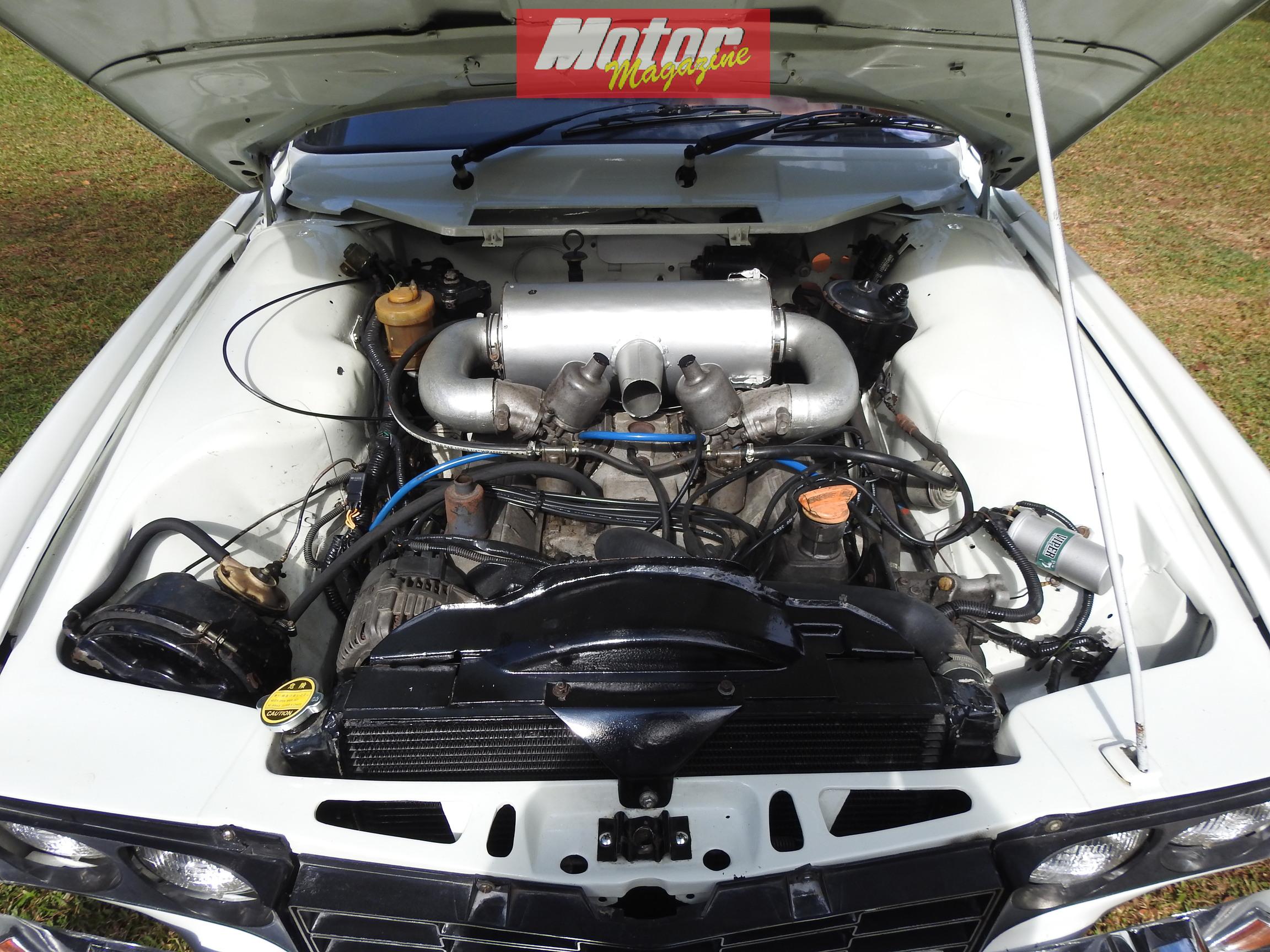
In 1968, Rover announced that the P6 was getting a V8. The 3,500cc unit is actually a Buick design, and is a compact alloy unit. Rover redesigned it and produced it in the UK, where it’s been seen on a variety of vehicles. Nevertheless, its output of 160 horsepower gave the P6 a much-needed shot in the arm.
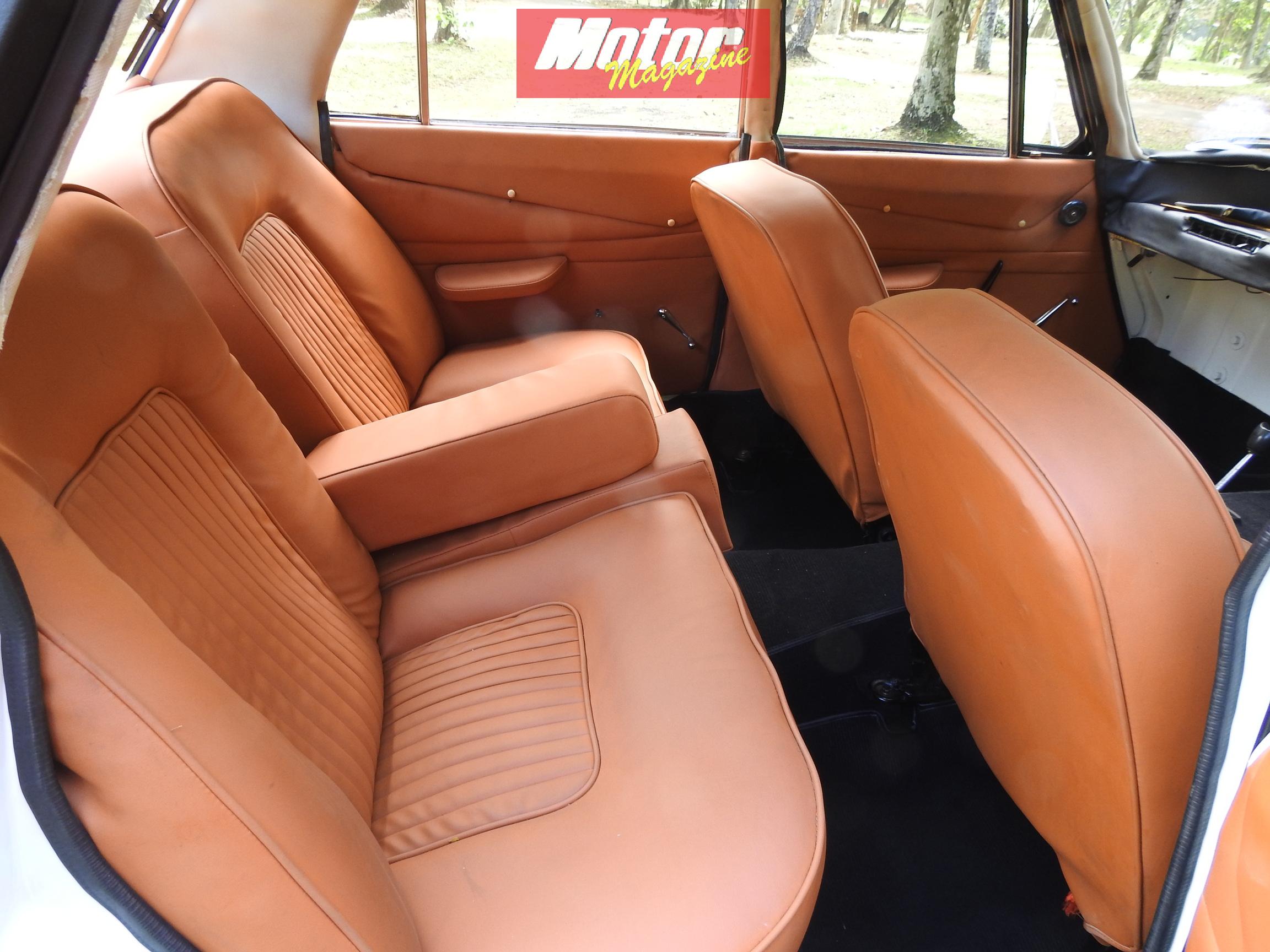
That’s exactly what we’ve got here, a 1974 Rover P6 3500 V8 that arrived on our shores in 1978. It was imported by Dr. Milroy Perera. This one-owner car is in the custody of Nishan Weerasooria, who subjected it to a comprehensive, nut-and-bolt restoration.
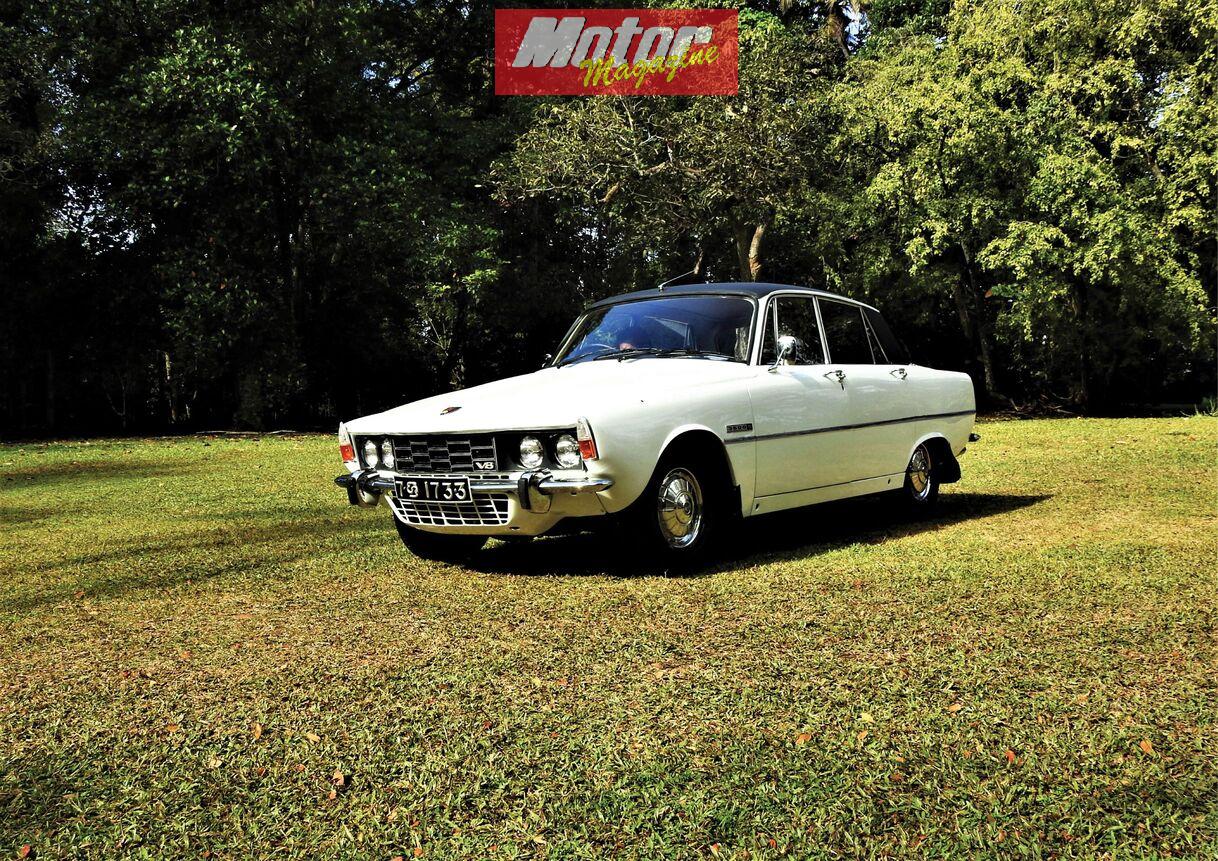
The quality of the work is apparent, as no stone appears to have been unturned. Even the gauges are functional, and the car burbles proudly as we move it around for photos. Sporting a three-speed automatic transmission, power steering and plush seats, it’s no doubt a capable long-distance cruiser.
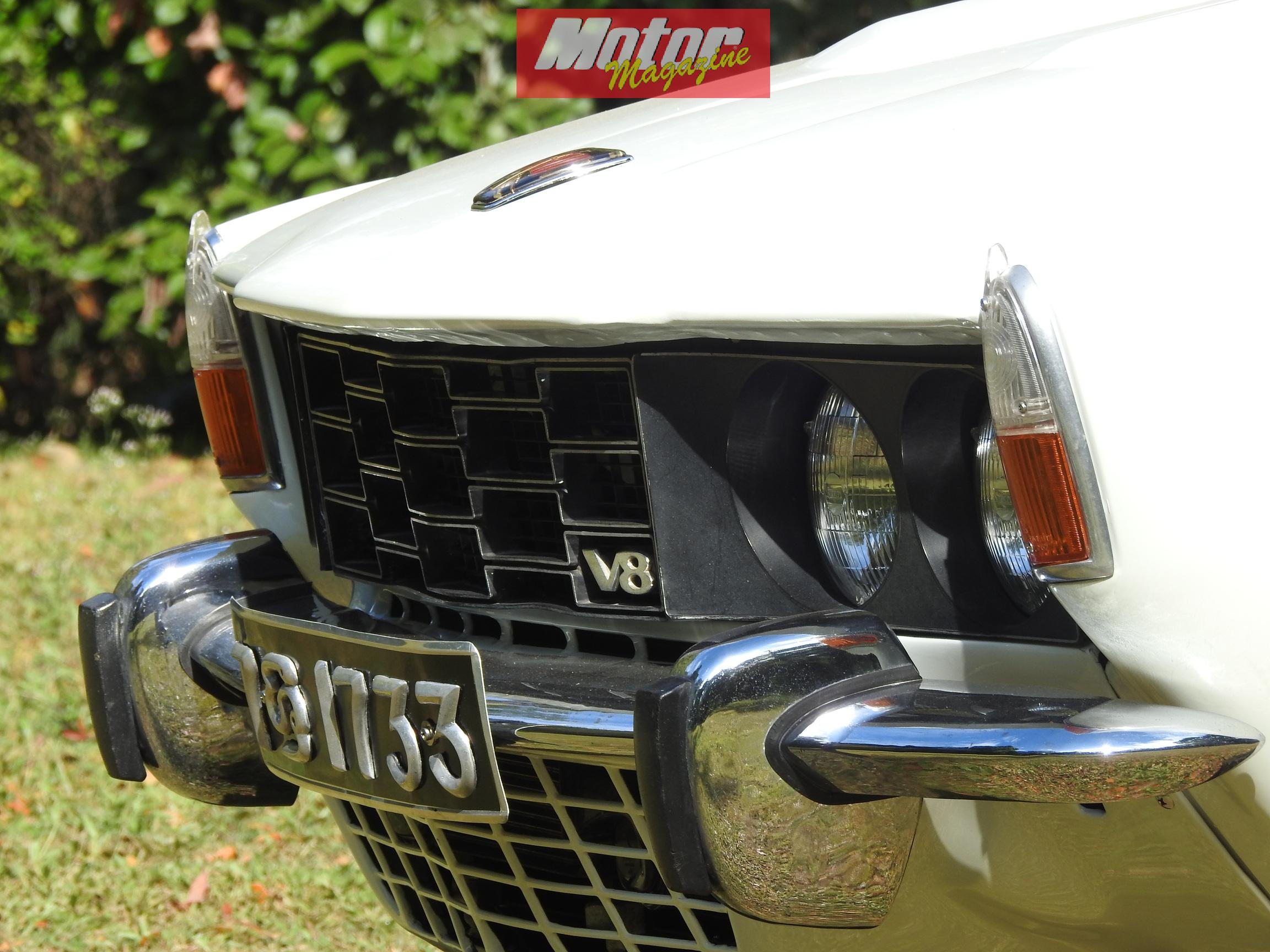
Interestingly, the battery resides at the right-hand-side of the boot on every Rover P6 3500 V8. This is because the larger engine necessitated moving things around in the engine bay. Thus, Rover stuck the battery in the boot, and modified the front suspension as well. Obligatory V8 badging was added, as was the black vinyl covering on the rear pillars; this would subsequently filter down the range to the four-cylinders as well.
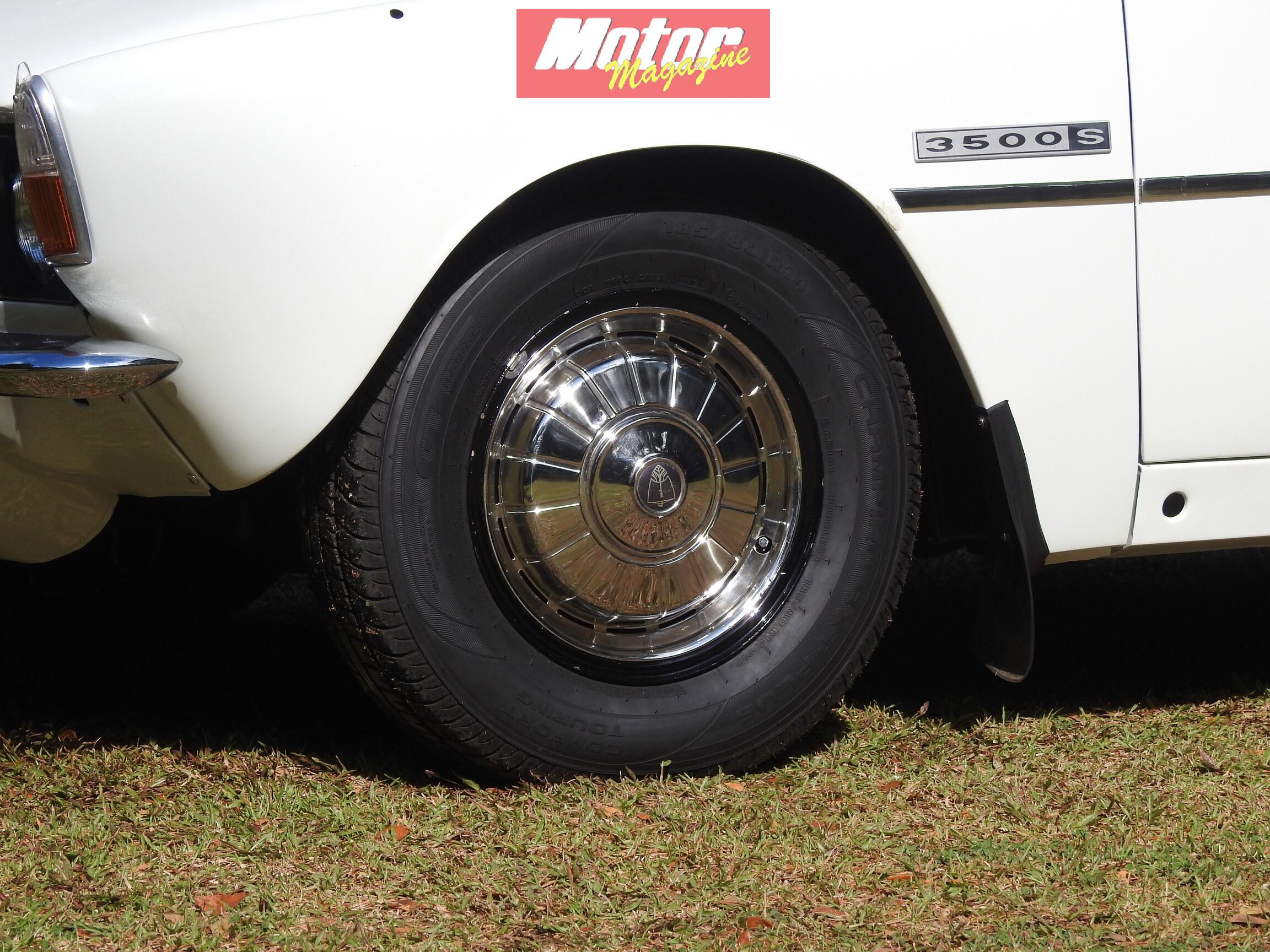
Performance figures? Rover quoted zero to hundred in 10.5 seconds, and a top speed of 183km/h (114mph). While the V8 P6 was introduced with the automatic transmission, they also brought a four-speed manual variant to the range in 1971. The manual was quoted as doing zero to hundred in 9 seconds, and offering better fuel economy.
